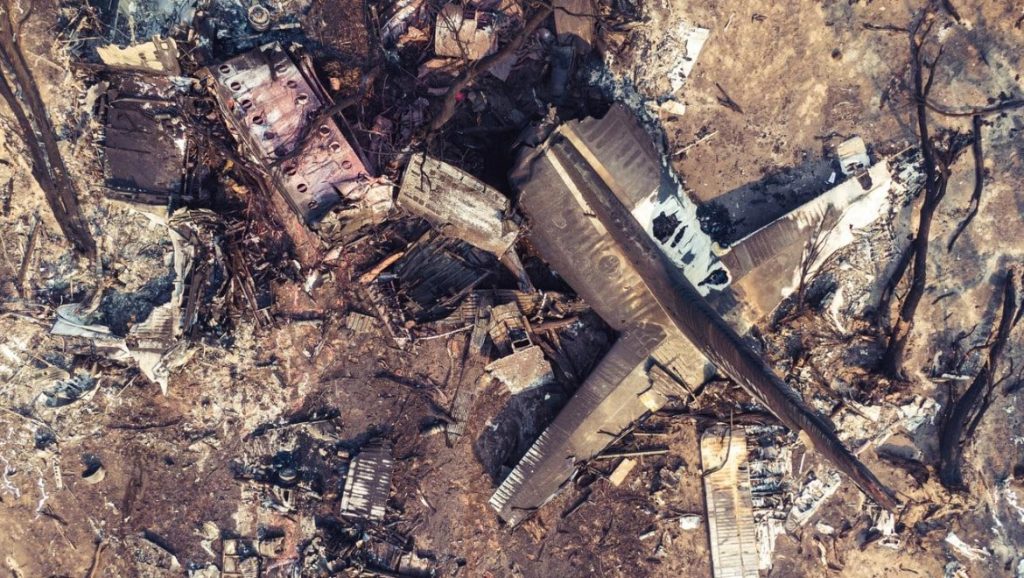
Coulson Aviation has said it “continues to innovate and improve” its procedures after an ATSB investigation into a fatal Black Summer crash criticised the operator’s safety risk management processes.
The business’ global CEO, Wayne Coulson, also told Australian Aviation the loss of captain Ian McBeth, first officer Paul Hudson and flight engineer Rick DeMorgan is still “deeply felt” by the organisation.
On Monday, an ATSB report found windshear caused the Lockheed C-130 to stall, leading it to hit the ground in the NSW Snowy Mountains in January 2020.
However, the bureau concluded Coulson Aviation’s safety management processes did not “adequately manage the risks” associated with large air tanker operations, such as those undertaken by the huge C-130.
It also crucially found the operator did not include a windshear recovery procedure in its C-130 flight manual, and the aircraft was not fitted with a windshear detection system.
The incident on 23 January 2020 was one of the most high-profile tragedies of Australia’s Black Summer bushfire season, while the C-130 is the largest non-military aircraft to have ever crashed in Australia.
In a statement released to Australian Aviation, Coulson said it had worked “hand in hand” with the ATSB to provide all information required.
“Our aircraft and teams operate more than 8,000 firefighting missions worldwide each year, with the largest wildfire agencies in the world,” said CEO Wayne Coulson.
“We operate under our industry-leading safety management system and operational procedures which assess and manage risks unique to the aerial firefighting environment.
“As the largest Australian supplier of large firefighting aircraft, we continue to innovate and improve our aircraft, policies, procedures, and practices to provide our customers with safe and effective aerial firefighting operations.
“We have full confidence in our aircraft and in our team members, and the safety of our team while conducting aerial firefighting operations across the world remains the number one focus of the organisation.”
The ATSB’s chief commissioner, Angus Mitchell, said, “The ATSB recognises the critical importance of aerial firefighting, where aircraft are flown at low altitudes and low airspeeds, often in challenging conditions, in the management and suppression of bushfires in Australia.
“These operations necessarily take place in a high-risk environment, which requires a continued focus on risk mitigation, a responsibility that, in the Australian operating context, is shared between the tasking agency and the aircraft operator.
“As part of this investigation, we have sought to understand the risk mitigations in place at the time of the accident, and have identified a number of safety issues that if resolved through actions, will further mitigate risks for large air tanker aerial firefighting in the future.”
Mitchell added Coulson subsequently took proactive safety actions in response to the accident, including the introduction of a pre-flight risk assessment tool, a new three-tiered risk management approach, and windshear procedures and training.
Separately, the ATSB said the NSW Rural Fire Service had no procedures for the deployment of firefighting aircraft without aerial supervision. It led to the RFS committing to undertake a comprehensive review of RFS aviation doctrine.
Mitchell said he welcomed that commitment but said the ATSB had nonetheless issued three safety recommendations to the RFS to take further action to reduce the risk associated with three safety issues identified in the investigation.
These concern managing and communicating task rejections, aerial supervision requirements, and initial attack certification.
The ATSB has also issued two safety recommendations to Coulson Aviation. These are to further consider the fitment of a windshear detection system to their C-130 aircraft, and to incorporate foreseeable external factors into their pre-flight assessment tool.















